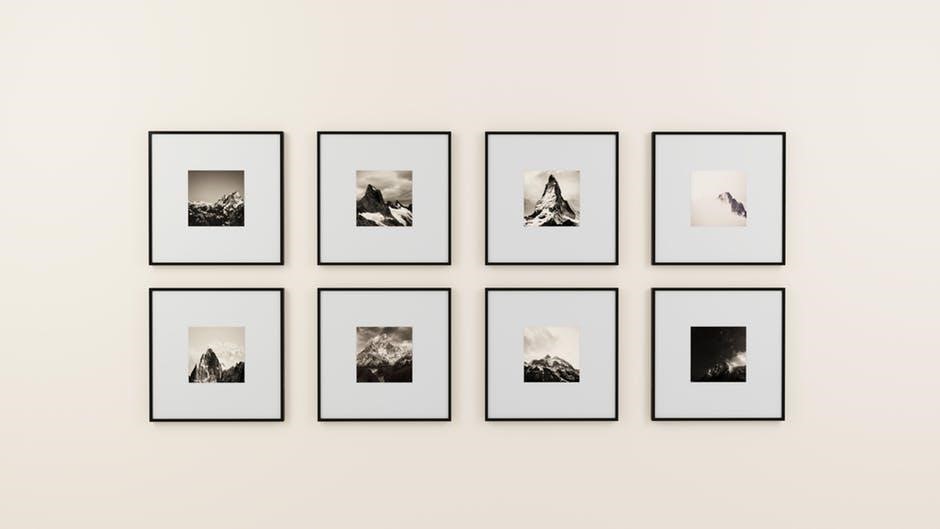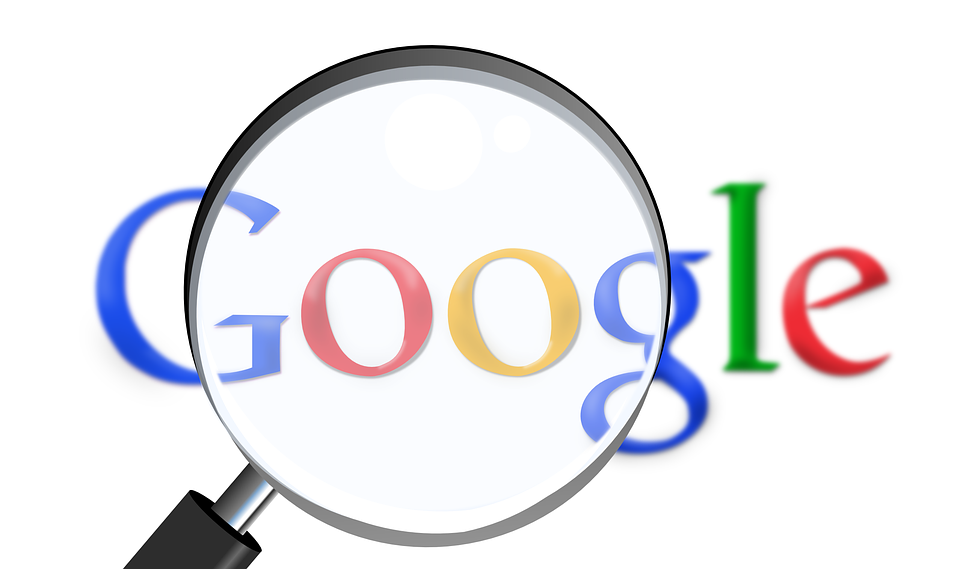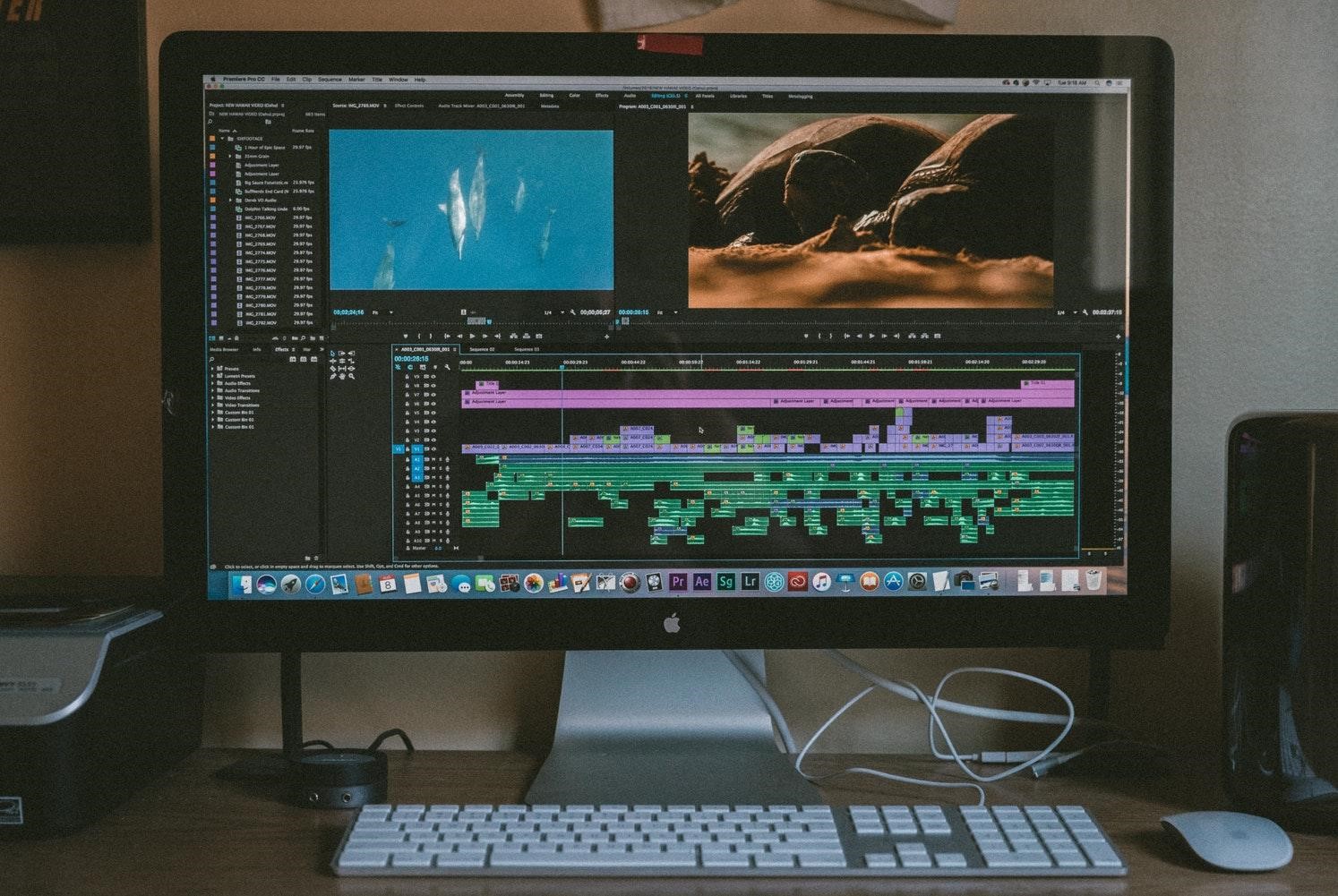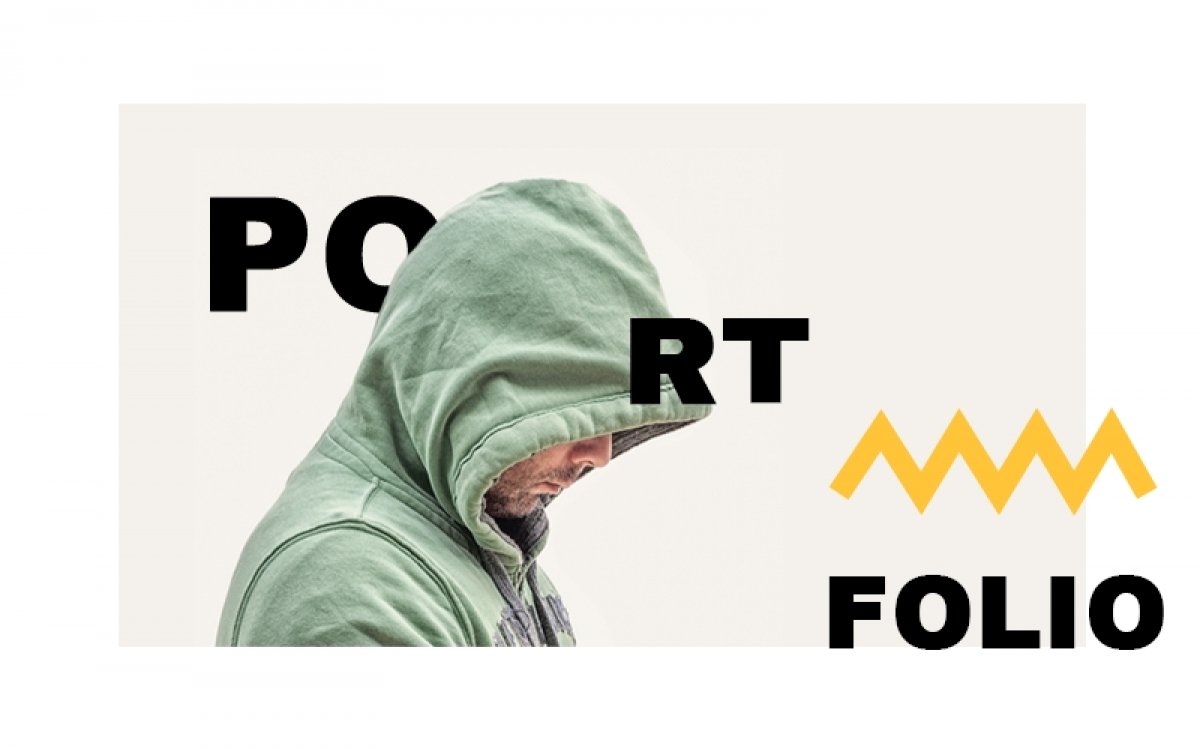Creating an online portfolio has endless personal and professional benefits. It bolsters your brand image as an artist, showcases your beautiful work, and keeps all of your professional accomplishments neatly in one place. Unfortunately, despite the many advantages of a well-executed online portfolio website, many artists fall short on the task. After all, creating your website is not exactly a piece of cake. You might feel like standing at crossroads and will have to decide whether you want to employ a developer/designer or do it all by yourself.
Finding a professional website builder tool will help you go down the second road safe and sound. Luckily, there are builders like Ucraft out there that don't require technical skills. And since you won't need technical skills, you'll be ready to present your art to the world in under an hour. So here and now, I'm going to tell you about seven things you didn't know about online art portfolios and suggest ways to enhance your website for good.
Minimalism Wins
First and foremost, it’s important to remember that minimalism always wins. Many people view minimalism with the misguided notion that it makes a page look empty and boring. But in fact, nothing could be further from the truth. Minimalism does mean keeping things simple, but it’s also about keeping all the important details in a succinct, readable format.

Here’s why keeping your website minimal matters for your image and your wallet:
- Keeping your content simple provides more room for your art to stand out. With a simple visual interface and a clean background, your work will shine like it’s meant to.
- Busy website designs distract your viewers and create anxiety, often leading to page abandonment. On the other hand, a simple website design attracts visitors and gets them to stay on the page longer–increasing the likelihood of a purchase.
- Simple sites are user friendly. Each visitor comes to your site looking for a certain action, and easy navigation ensures they’ll get what they need and leave satisfied with the experience.
Content First is Always Best
As a visual artist, you probably spend much more time and energy on the way your website’s images are showcased. Imagery comes first, and content comes second. Right? Actually, it’s the opposite. Contrary to popular belief, your website’s words should be finalized before you start uploading images. Powerful copywriting ensures that all of your visual and written content flows together in harmony. If you’re always writing words after the fact, they’ll feel forced in a place where they don’t belong. But if you can plan to implement your content before you add images, every single piece of content will have a purposeful page and home on your site. The result? A cohesive, beautiful site that’s easy to navigate. When planning your site’s content, here are a few important elements that require well-planned text:
Gallery pages
Every piece of art has a backstory. Whether you want to evoke a certain theme or your art is purely conceptual, you’ll need an explanation or description to give your art some sort of context. This story is essential to why your art matters, so it’s important to include it on your gallery pages.

Services or orders page
Whether you’re creating a photography portfolio or an online portfolio for your art, chances are you’re skilled in other areas. Do you do commissioned work? Can you paint custom portraits for pets? As an artist, it’s important to open up your services to additional revenue streams. A services page on your website is the perfect place to do that.
Your About Page Matters
Remember that artist statement you were supposed to write? Now is the time to put pen to paper. We’ve gone over the importance of content first design, and your about page is no exception. In fact, your about page is one of the critical components that make your online portfolio look more credible and professional. Without it, people won’t know where the art is coming from or who’s behind it. Who you are is an important part of the art you create, anchoring it and giving it context. And your about page is an opportunity to bolster your personal brand and image.
Think about it: every professional artist has certain distinctions. Which of your honorable qualifications will set you apart from all the others? To make sure it boosts your credibility and gives credit where it’s due, you should be sure to include all of your credentials. This is also a good move for SEO, and makes your website more searchable. If a potential client is looking for someone skilled in photoshop, or they need an artist who can do commissioned photography, having these details on your site will help you move up in SERPs.
SEO Can be Simple (and Boost Sales!)
You’ve worked hard to curate and showcase your artwork. Now, it’s time to make sure that the world can see it. To make sure your portfolio website is optimized for search, here’s a few easy and essential steps you can take.

- First off, make sure your website has a clear headline. Try to sum up what you do and what your art is about in a straightforward sentence. Next, you’ll need to write a website meta description. This describes what your site is about in 160 characters or less. This is the information that’ll show up in Google search engines, so it’s important to make this copy clear, concise and compelling. Follow these steps in the other main pages on your site, like your about and services page. This will make sure they’re all optimized for Google.
- Next, be sure to link all other instances of your online presence. Whether it’s your Behance and Linkedin profiles or your Twitter and Instagram accounts, link all other sites where you’re active online. This will improve your search engine rankings and help you get more followers on linked accounts. Plus, it’s a great way to boost your personal ethos as an art professional.
Images Should be Optimized
This one is commonly overlooked by artists, but it absolutely shouldn’t be. After all, artist portfolios tend to be heavy on the images. Failing to properly optimize your images on a page full of photographs can result in slow overall loading times. Poor website performance often leads to lower search rankings, which can cause your competitors to get ahead.

Instead, make sure you’re optimizing and tagging all images for superior performance. JPGs and PNGs are two of the most popular image file types, and chances are you’ll be working with either. To make sure you’re saving all of your images at their true file size, thus maximizing quality, be sure to save them at 100% on Photoshop. When selecting export quality, be sure to choose Save for Web to make sure you’re balancing high photo quality and reduced file size. Saving all of your images in this manner will ensure that your website loads faster, providing a better user experience and boosting your search results.
Analytics are Awesome
We get it, numbers can be a drag. But when it comes to your website, using numbers in the form of analytics can be incredibly insightful. For example, knowing which pages are visited the most, and for how long, can shed light on what types of content your visitors like most. Additionally, looking at the source code of your visitors can help you find out which of your social media profiles is providing the most referrals. Armed with this type of information, you’ll be able to make better decisions as you update and improve your website over time. So what’s the best way to track and analyze your traffic? Google Analytics is the go-to option for most businesses, and it’s incredibly easy to use and install.

The first step is signing up for a Google Analytics account, which should only take a few moments. Then, you’ll need to copy and paste the JavaScript snippet in your website’s footer, which will allow Google to start tracking traffic. Voila! You should now have access to all of your website’s analytics via your dashboard. Keep an eye out for things like overall visitors, referral codes, bounce rates and conversion rates. If it seems like people are leaving one page more often than all others, try running a few tests on that page to see if it needs a performance boost. Continue checking and reading these numbers frequently, which will help you perform routine maintenance when and where it’s needed.
Establish and Showcase Your Brand
In the same way that your art represents feelings and concepts, your brand represents your values and artist mission. When building your brand, aim to merge personal style with the latest website design trends. This has numerous lasting benefits, including:
- Making you and your art more memorable. When someone visits your website or social profile for the first time, your visual brand should be compelling. From your logo and fonts to your overall mission, the visitor should be able to grasp these ideas right away. When you’re successful at this, a visitor will remember you and is likely to make that connection upon seeing your work a second time. Being more memorable makes you more competitive and gives you a leg up against competitors.
- Representing your values. Your brand is an opportunity to showcase what you believe in and stand for. If your art is all about bringing people peace and relaxation, a brand with light, pastel colors can help reinforce this message. If your art makes a political statement and is rooted in advocacy, you may want to opt for red colors that evoke more emotion.
- The ability to keep your content updated. Improving your gallery with fresh project information and eye-catching gallery pieces can ensure that visitors get the right impression from your art. Keeping your portfolio updated is an easy task, and it only takes three hours a week.
Creating an online portfolio is an important way to boost your professional image and showcase your art to the world. By taking the right steps towards SEO, branding and overall optimization, you’ll have everything you need to stand out and start selling.

